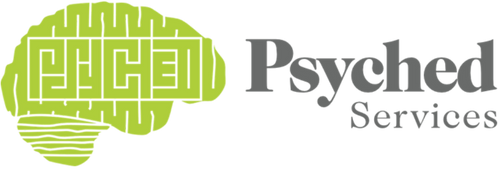
In order to qualify for an IEP or 504 plan, a student must have a disability or condition that prevents him or her from making expected progress in the general education classroom. Both require some type of assessment, however the federal government does not provide funding for 504 plans like it does for special education programs. It is the responsibility of the general education setting to ensure that students are not discriminated against because of disability. The answer to the question which is the right plan depends on the needs of each student.
What is a 504 Plan?
Falling under the Office of Civil Rights, Section 504 is an anti-discrimination law protecting the rights of individuals with disabilities in programs that receive money from the U.S. Department of Education. In schools, it is a document that provides accommodations so that students with a disability have an equal chance to succeed with the general education curriculum.
- 504 plans are often developed for children with asthma, migraines, and attention deficits, for example, and include accommodations like more time on tests, extra breaks, and preferential seating. While it usually does not provide separate instruction, a 504 plan can provide related services like a social skills group or consultation from an occupational therapist.
To be eligible for a 504 plan, a public school team must determine that a student has a physical or mental impairment that substantially limits one or more major life activities (e.g., walking, seeing, hearing, speaking, breathing, learning). The team considers information like medical diagnoses, grades, test scores, and teacher observations.
What is an IEP?
IEP stands for Individualized Education Program and falls under the special education section of the U. S. Department of Education. The Individuals with Disabilities Education Act (IDEA) provides a Free and Appropriate Education (FAPE) for children with disabilities in public schools.
- Students are evaluated by a team of professionals in the school in order to determine whether they meet criteria under one of the 13 eligibility categories (specific learning disability, other health impairment, autism spectrum disorder, emotional disturbance, speech or language disorder, visual impairment, deafness, hearing impairment, deaf-blindness, orthopedic impairment, intellectual disability, traumatic brain injury, and multiple disabilities).
If the IEP team finds that a student requires special education services, an IEP document is written up. This shows the student’s educational goals for the year and the services that will be provided in order for the student to meet those goals. Students may receive small group or individual teaching inside the classroom or in a separate classroom. IEPs often include accommodations like using audio books, taking tests in a small group or quiet setting, and dictating answers instead of writing.
How Do Schools Determine Eligibility for IEPs and 504s?
Public schools will conduct an assessment to determine special education (IEP) eligibility—and they must consider any private evaluations that parents provide. Schools may also assess to determine eligibility for a 504 plan; however, 504 plans are sometimes developed without formal testing. Instead, reports from medical doctors may be enough when those reports agree with teacher observations and other sources that show the student is not able to keep up with the class.
So the “right” plan depends on each student who has a disability. For example, a child with a severe attention deficit may need more than accommodations on a 504 plan in order to keep up with the class, so an IEP is more appropriate. And a student with autism may not need separate teaching provided by an IEP and instead needs a lunch time social learning group that could be provided by a 504 plan. And finally, even when students have disabilities, if they are able to learn and succeed in the general education classroom, they may not be eligible for either a 504 plan or an IEP.
What’s the process for determining eligibility for a 504 or an IEP? For that answer, check out our next blog, The Journey from Referral to Assessment.
Looking for more resources and support? Contact us today for a free consultation!





